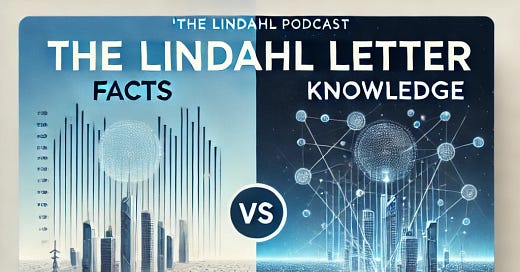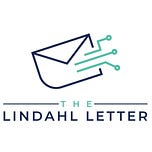In the digital age, the methods we use to organize and comprehend information are continually evolving. Two significant approaches stand out: indexing facts and graphing knowledge. Both play essential roles in how we structure, retrieve, and understand data, but they serve distinct purposes and offer different advantages.
Let’s start out by looking a little deeper into indexing facts. Indexing is a traditional and straightforward method. It involves categorizing and listing information in a manner that allows for easy retrieval. Think of it as a library catalog, where every book has a unique identifier and is placed in a specific location based on its subject. This system is incredibly efficient for finding discrete pieces of information quickly. For example, a keyword search in a database relies heavily on indexing.
Indexes are foundational to databases and search engines. They allow us to locate specific data points without having to sift through every piece of information manually. This method is highly effective for tasks that require precision and speed. However, indexing has its limitations. It often lacks context and relational understanding between different pieces of data. An index can tell you where something is but not necessarily how it connects to other information.
Graphing knowledge, on the other hand, is about mapping relationships between data points. This approach is exemplified by knowledge graphs, which visually represent the connections between different concepts. A knowledge graph is more than a mere collection of facts; it is an interconnected web that shows how different pieces of information relate to one another.
In a knowledge graph, nodes represent entities (such as people, places, or concepts), and edges represent the relationships between these entities. This structure allows for a more holistic understanding of information. For instance, a knowledge graph can illustrate how historical events are connected, how scientific concepts overlap, or how social networks operate.
The advantages of graphing knowledge are manifold. It provides context, reveals patterns, and helps in discovering new insights that might not be apparent through traditional indexing. Knowledge graphs are particularly useful in fields that require deep understanding and analysis, such as artificial intelligence, semantic web technologies, and complex decision-making processes.
The intersection of indexing facts and graphing knowledge represents the future of information management. By combining the precision of indexing with the relational depth of knowledge graphs, we can create systems that are both efficient and insightful. This hybrid approach can enhance our ability to process and understand vast amounts of data, making it possible to derive meaningful insights quickly.
For example, search engines are evolving to incorporate elements of both indexing and graphing. Google's Knowledge Graph is a prime example, aiming to understand the context behind search queries to provide more relevant results. This system not only indexes web pages but also understands the relationships between different pieces of information, delivering a more nuanced response to users' queries.
Indexing facts and graphing knowledge are not mutually exclusive; they are complementary methods that, when combined, can significantly enhance our understanding and management of information. By leveraging the strengths of both approaches, we can build more robust systems that not only store and retrieve data efficiently but also provide deeper insights and understanding. As we continue to advance in the digital age, the fusion of these methods will undoubtedly play a pivotal role in shaping the future of information technology and knowledge management.
What’s next for The Lindahl Letter?
Week 163: Self-Supervised Learning
Week 164: Graph-Based Feature Engineering
Week 165: Federated Feature Engineering
Week 166: Explainable Feature Engineering
Week 167: Adaptive Feature Engineering
If you enjoyed this content, then please take a moment and share it with a friend. If you are new to The Lindahl Letter, then please consider subscribing. Stay curious, stay informed, and enjoy the week ahead!






Share this post